BEALE, Mary
As Mary Cradock, she was born at Barrow Rectory in Suffolk, and baptised on 26 March 1633, the elder of two children of the Revd John Cradock (c.1595–1652), puritan rector of Barrow, and his wife Dorothy née Brunton or Brinton (died 1643). Mary received a good education from her father who, as an amateur artist, also provided her with tuition in painting. She married on 8 March 1652, Charles Beale (1631-1705), a member of a puritan family at Walton Manor, Buckinghamshire. They took up residence at Covent Garden, London, later moving to Hind Court, Fleet Street, and about 1660 Charles succeeded his father as deputy clerk at the patent's office. By this time Mary Beale had gained some reputation as an artist and had given birth to two sons, Bartholomew (1656-1709) and Charles (1660-1726), who himself was an artist. By 1664, Charles Beale's job had become insecure and, with the plague threatening, the family departed for Albrook, Otterbourne, Hampshire. As well as an artist, Mary Beale was also a writer and she wrote 'Observations, an Instruction on Painting Apricots using Oils' (1663) which is one of the earliest writings on oil painting instruction to come out of England by an artist of either gender. Mary also wrote a manuscript called 'Discourse on Friendship' (1666) in which she propounds the then radical notion of equality between men and women, both in friendship and marriage, and in 1667 four poems. Her 'Discourse on Friendship' was put into practice on their return to the city in 1670, when it was decided that she would establish herself as a professional artist setting up her studio in their rented house in Pall Mall. She attracted a wide clientele from among the gentry and aristocracy and from their own circle of friends, who included fellows of the Royal Society and puritan clergy, notably the future Bishop Edward Stillingfleet (17 April 1635–27 March 1699) and Archbishop John Tillotson (October 1630–22 November 1694). Her prices were competitive: £10 for a three-quarter-length and £5 for a half-length portrait and she also painted miniatures. Mary Beale's sons assisted her with the painting of draperies and later she was able to train and employ female studio assistants. Meanwhile Charles Beale assumed responsibility for organizing the commissions and payments and preparing artists' colours. In 1671 Mary Beale's annual income totalled £118 5s., rising to £429 by 1677 which was her most prosperous year. Of great assistance to Mary Beale's career was the friendship and support of Sir Peter Lely (14 September 1618–30 November 1680), the court painter. By 1672 Lely had visited her studio and later allowed her to study his painting techniques when she was able to build up a lucrative trade from making replicas of his portraits. By 1681 Mary’s commissions were beginning to diminish but she busied herself with producing pictures for ‘study and improvement’. These informal studies are among her finest works. Mary Beale died at her home next to the Golden Ball, Pall Mall in 1699 and buried under the communion table in St James's church, Piccadilly, on 8 October 1699. The best and most representative collection of her portraits is at the Moyse's Hall Museum, Bury St Edmund’s, Suffolk.
Works by This Artist
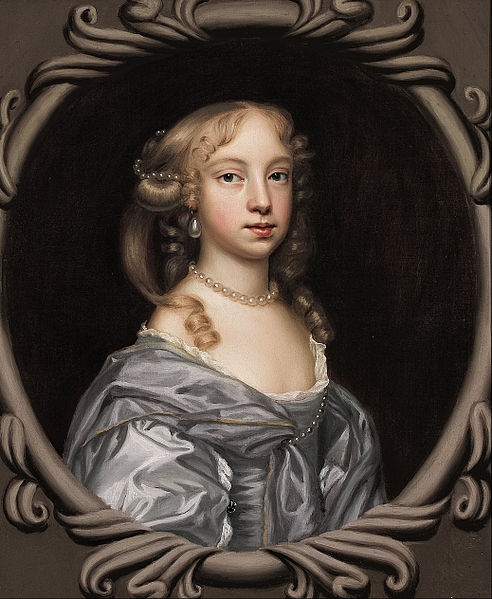
|
Mary Wither of AndwellOil on canvas
|
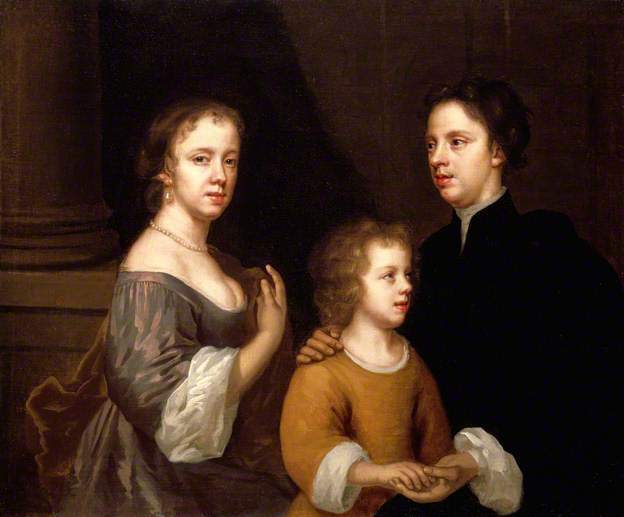
|
Self Portrait of Mary Beale with Her Husband and SonOil on canvas
|
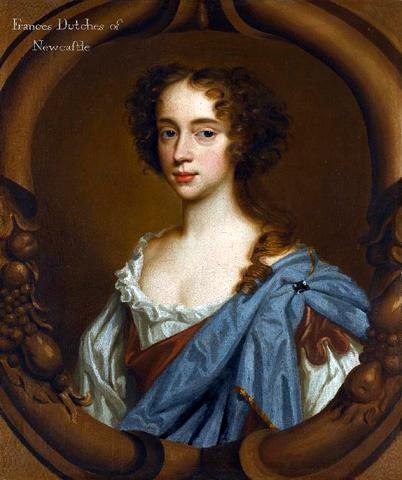
|
Frances Pierrpont, Duchess of NewcastleOil on canvas
|
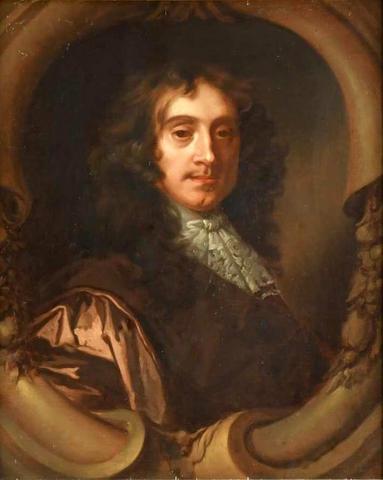
|
Hon. Thomas Coventry (circa 1662-1710), later 2nd Earl of CoventryOil on canvas
|
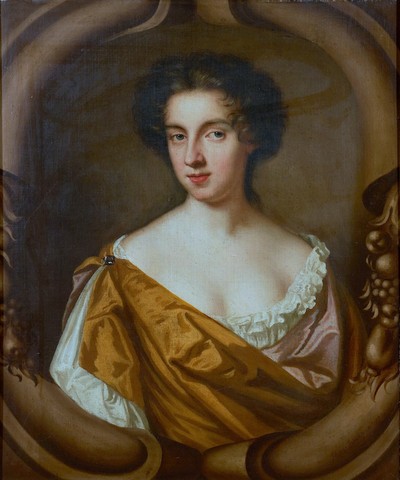
|
Portrait of Lady SadleirOil on canvas
|
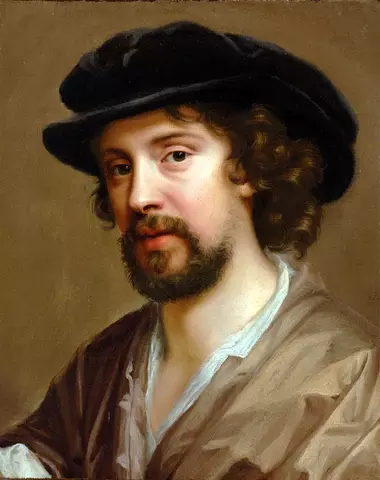
|
Portrait of Charles Beale in a black hatOil on canvas
|
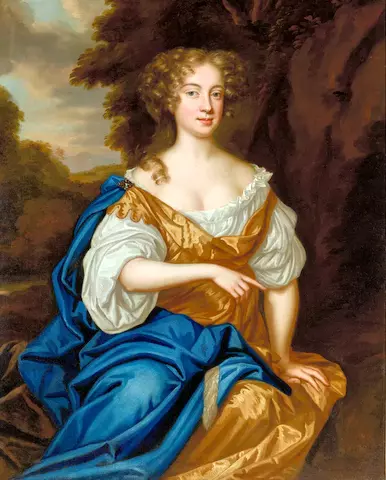
|
Anne Sotheby (née Robinson) (1657–1727)Oil on canvas
|